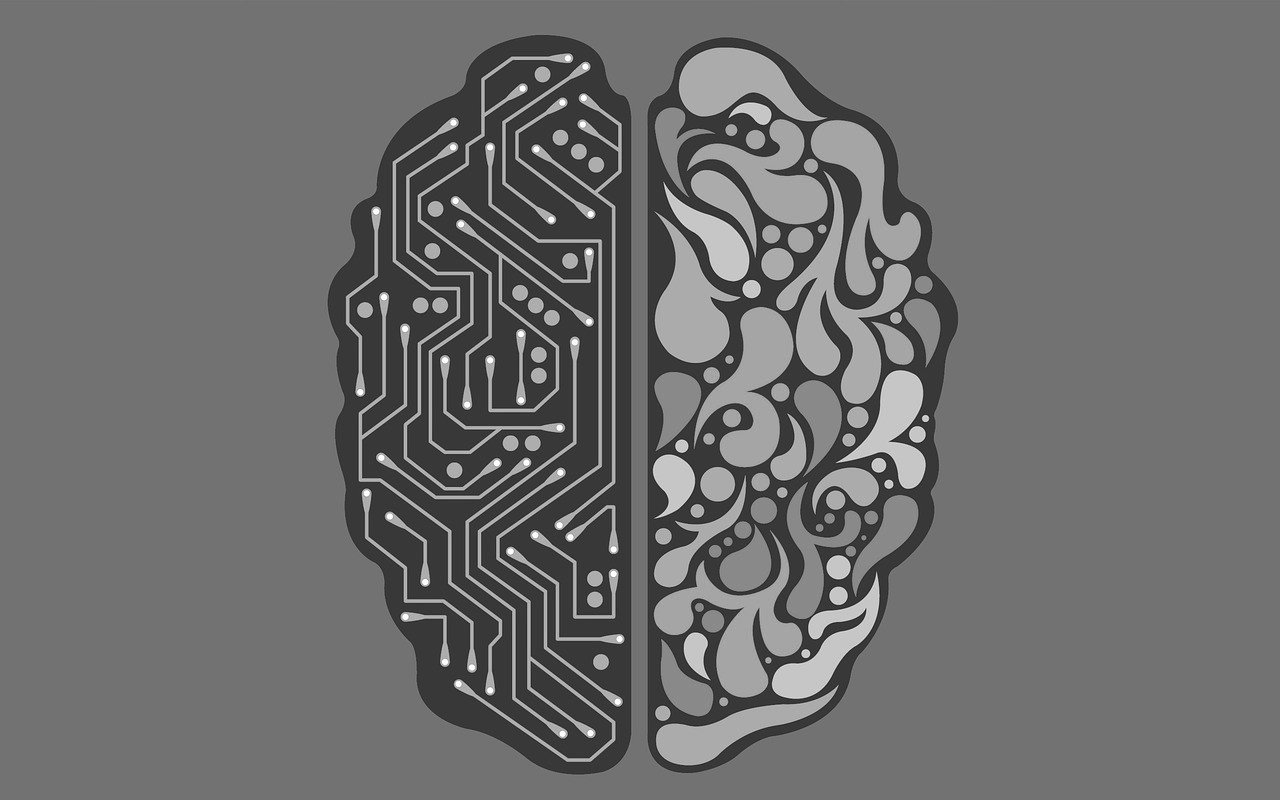Advancements in Targeted Nanotherapies for Brain Tumors: Crossing the Blood-Brain Barrier
Nanotherapies, a cutting-edge approach in the field of medicine, show promising potential for the treatment of brain tumors. These targeted therapies involve the use of nanoparticles to precisely deliver drugs or therapeutic agents to the specific site of the tumor within the brain. This precision targeting is a crucial aspect of nanotherapies, as it helps to minimize off-target effects and maximize the effectiveness of the treatment.
One of the key challenges in treating brain tumors is the blood-brain barrier, a protective mechanism that limits the passage of substances from the blood into the brain. This barrier can impede the delivery of conventional drugs to the tumor site, reducing their efficacy. Nanotherapies offer a solution to this problem by utilizing nanoparticles that can bypass or traverse the blood-brain barrier, allowing for targeted delivery of therapeutic agents directly to the tumor cells.
The Blood-Brain Barrier: An Obstacle to Drug Delivery
Nanotechnology holds promise for targeted drug delivery to treat brain tumors, but the blood-brain barrier poses a significant challenge. This specialized barrier is designed to protect the brain by tightly regulating the passage of substances from the bloodstream into the brain tissue. While this is crucial for maintaining brain function and preventing toxins from entering the brain, it also limits the delivery of potentially life-saving medications to treat brain tumors.
The blood-brain barrier is composed of tightly packed endothelial cells lining the blood vessels in the brain. These cells are interconnected by complex structures that prevent the passage of large molecules and pathogens from circulating blood into the brain. This selective barrier hinders the effectiveness of many traditional chemotherapy drugs, as they are unable to penetrate the barrier in sufficient quantities to reach the tumor cells. Researchers are exploring innovative nanoparticle designs and drug delivery strategies to overcome this obstacle and improve the efficacy of treatments for brain tumors.
• Nanotechnology offers promise for targeted drug delivery to treat brain tumors
• Blood-brain barrier poses a significant challenge in delivering medications to the brain
• Barrier tightly regulates passage of substances from bloodstream into brain tissue
• Composed of tightly packed endothelial cells lining blood vessels in the brain
• Prevents large molecules and pathogens from entering the brain tissue
• Hinders effectiveness of traditional chemotherapy drugs in treating brain tumors
• Researchers are exploring nanoparticle designs and drug delivery strategies to overcome this obstacle
Innovative Nanoparticle Designs for Enhanced Targeting
Nanotechnology has revolutionized the field of drug delivery, especially in the context of treating brain tumors. Researchers are continually exploring innovative nanoparticle designs to improve the targeting of therapeutic agents to specific tumor sites within the brain. These advanced nanoparticle systems offer a promising solution to the challenges posed by the blood-brain barrier, enhancing the effectiveness of treatment while minimizing off-target effects.
One approach to enhancing targeting involves the functionalization of nanoparticles with ligands that can recognize specific receptors overexpressed on tumor cells. By modifying the surface chemistry of nanoparticles, researchers can tailor their interactions with the tumor microenvironment, increasing the selectivity and uptake of therapeutic payloads. These customized nanoparticle designs hold great potential for improving the delivery of anti-cancer drugs and other therapeutic agents to brain tumors, offering new hope for patients facing this challenging disease.
What are targeted nanotherapies?
Targeted nanotherapies are treatments that use nanoparticles to specifically target and deliver drugs to a particular area of the body, such as a tumor.
Why is the blood-brain barrier a challenge for drug delivery?
The blood-brain barrier is a protective barrier that prevents many drugs from reaching the brain, making it difficult to treat brain tumors and other neurological conditions.
How can innovative nanoparticle designs help enhance targeting?
Innovative nanoparticle designs can be engineered to bypass the blood-brain barrier and deliver drugs directly to tumors, increasing the effectiveness of treatment while minimizing side effects.







